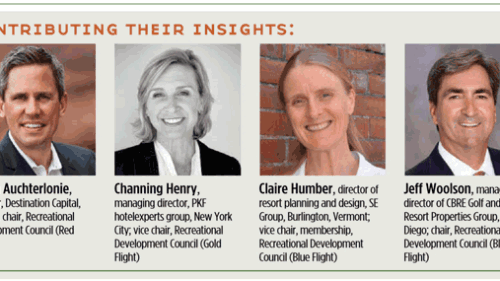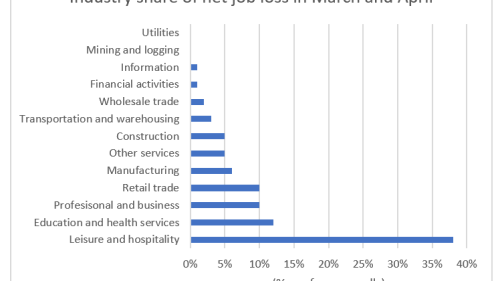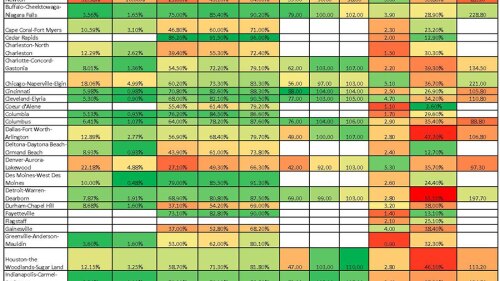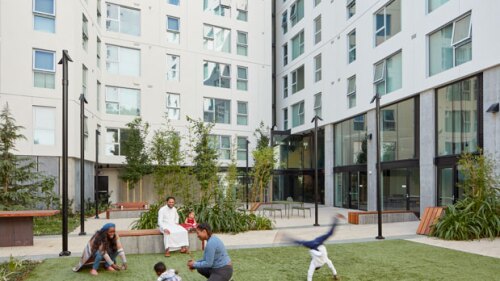<b>Equitable Development</b>
ULI MEMBER–ONLY CONTENT: How is the recreational development industry navigating the COVID-19 pandemic and other sea changes of contemporary times?
ULI Member-only Content: Distinguished placemakers discuss how resort and recreation developments can adapt to consumers’ changing priorities.
Industry experts from around the world convened both online and in person at the 2020 ULI China Mainland Summer Meeting in July. While many speakers were bullish overall, opinions were mixed on traditional office and retail as the economy recovers from the global pandemic.
A recent webinar organized by ULI Japan helped envision this “new normal,” looking at the current state of the global economy to make predictions about the “post-pandemic world.” The online forum was moderated by Jon Tanaka, managing director and cohead of Japan Real Estate, Angelo Gordon, who was joined by Izumi Devalier, chief Japan economist, Bank of America Merrill Lynch.
ULI is renaming its annual $100,000 J.C. Nichols Prize as the ULI Prize for Visionaries in Urban Development. The change represents part of the Institute’s ongoing effort to address and assist in remedying the legacy of social and economic harm caused by some real estate practices.
ULI Member–Only Content:Experts in real estate development for the age-qualified and service-enriched housing sectors discuss changing consumer preferences in senior living and other trends affecting operators.
The ULI Terwilliger Center for Housing has created a Home Attainability Index, designed to support ULI district councils, local municipalities, and members of the development community who are working to address longstanding challenges related to home affordability. Attainable housing and income segregation remain major challenges for families and communities across the United States.
Public subsidies, persistence, and innovative design decisions helped create homes for some of the poorest residents of San Francisco.
A member co-chair of the ULI Washington Diversity and Inclusion Working Group writes about the recent events in D.C. and beyond.
How will we know what qualifies as an objectively healthy building? How will we analyze investing in resilience for public health with the same rigor we apply to investing in resilience against fires or earthquakes? And how will this new awareness in the public realm influence the real estate industry in the future?








